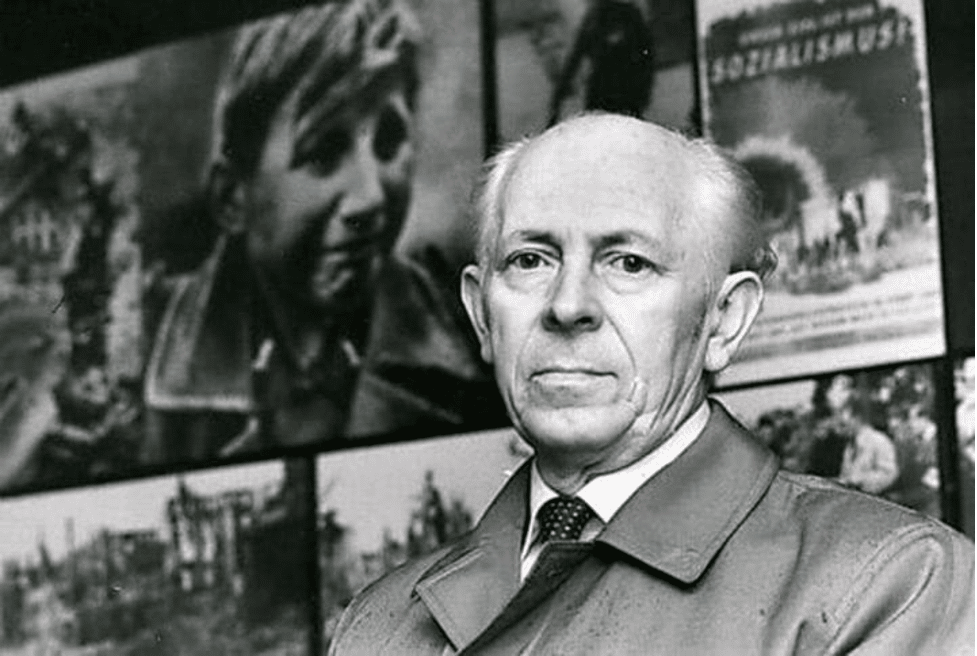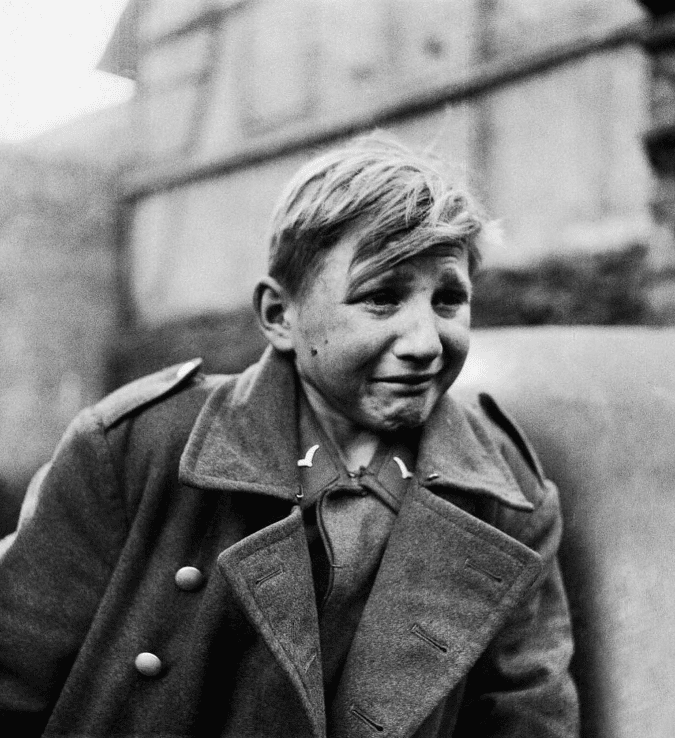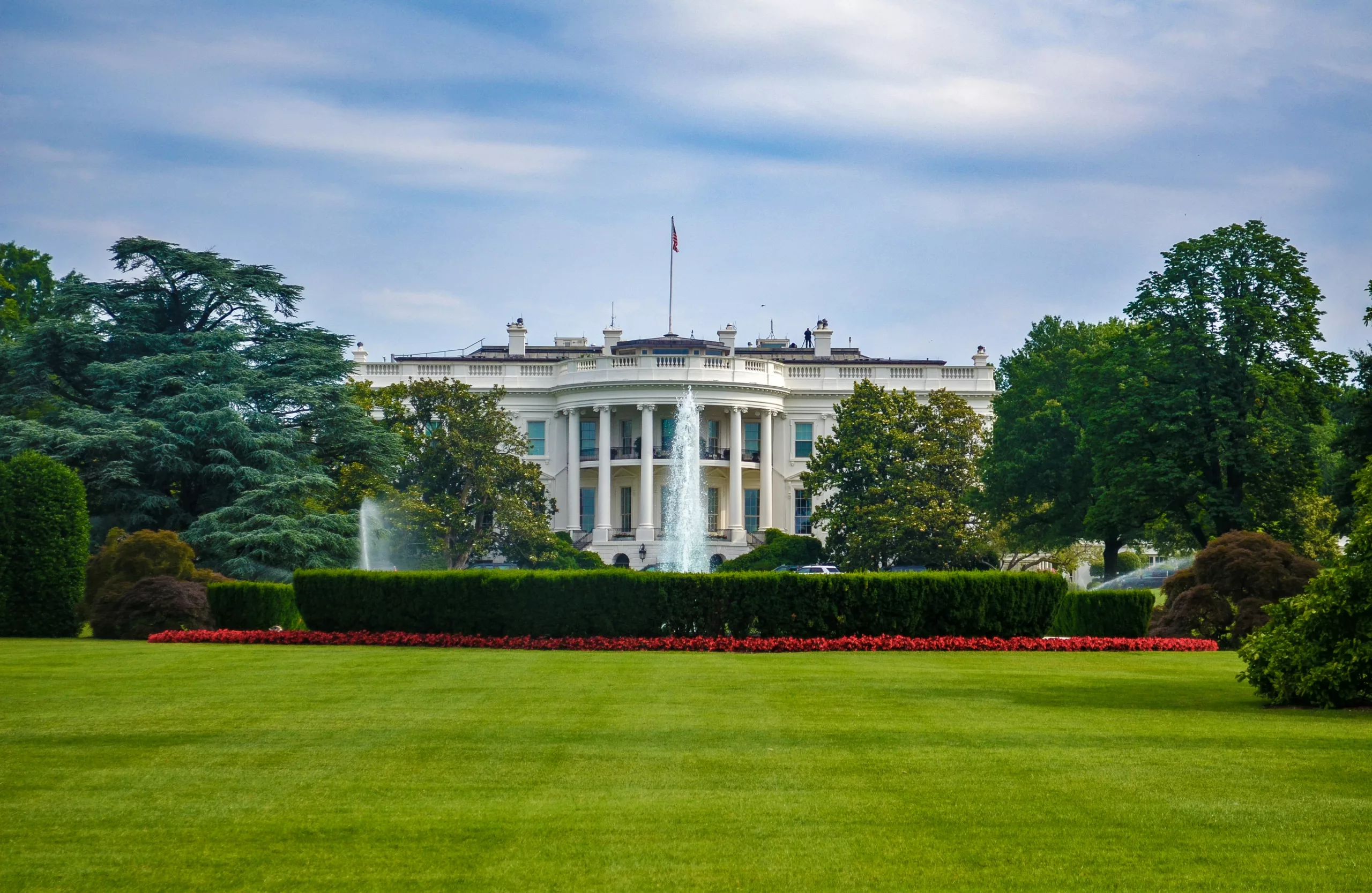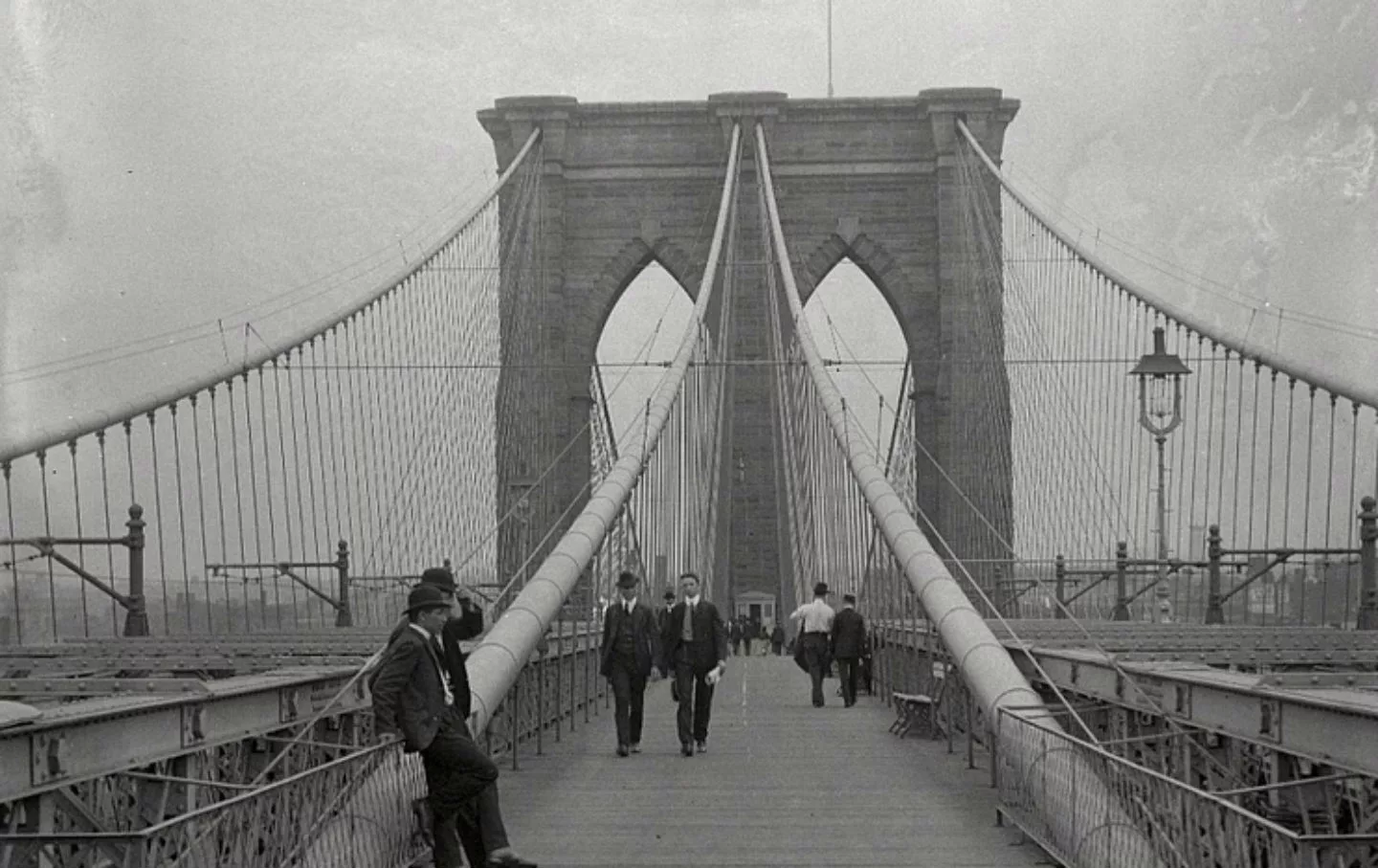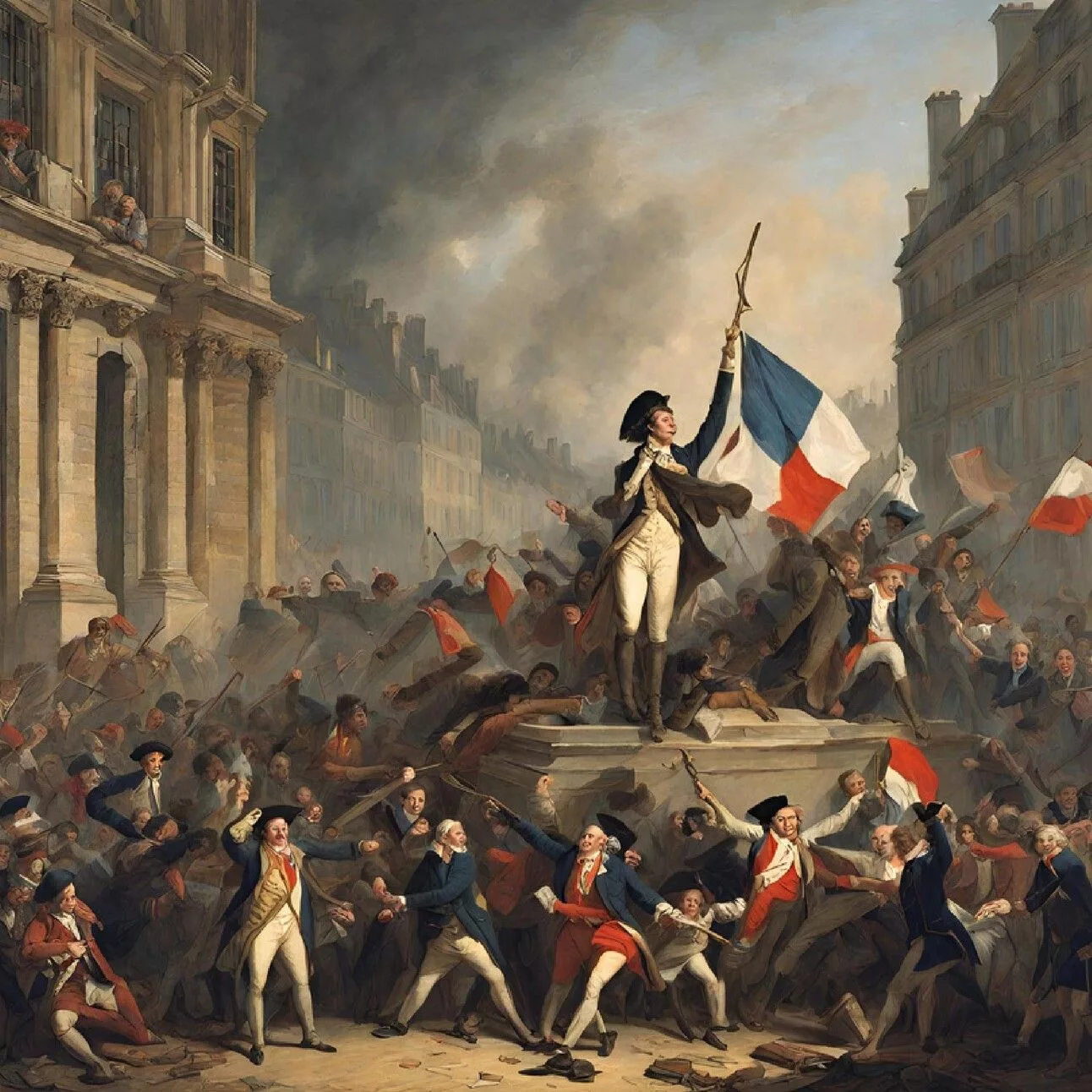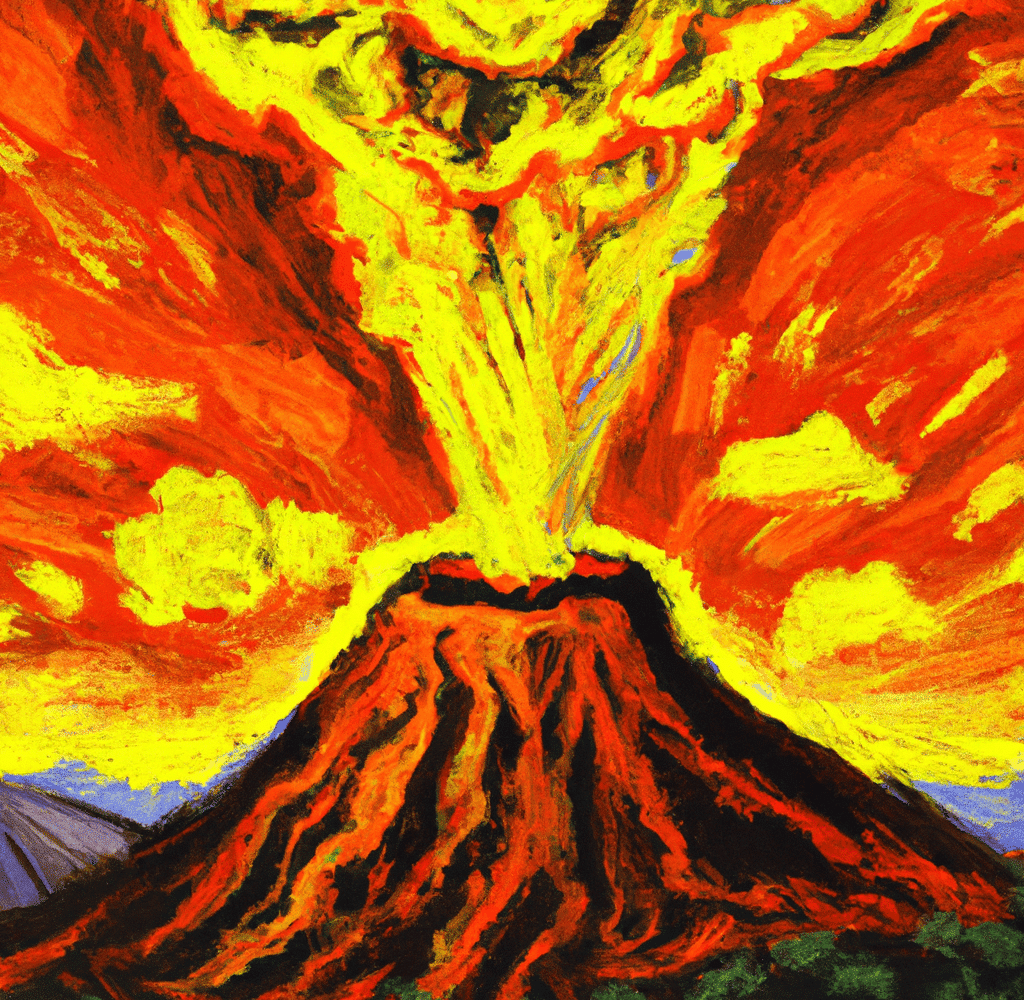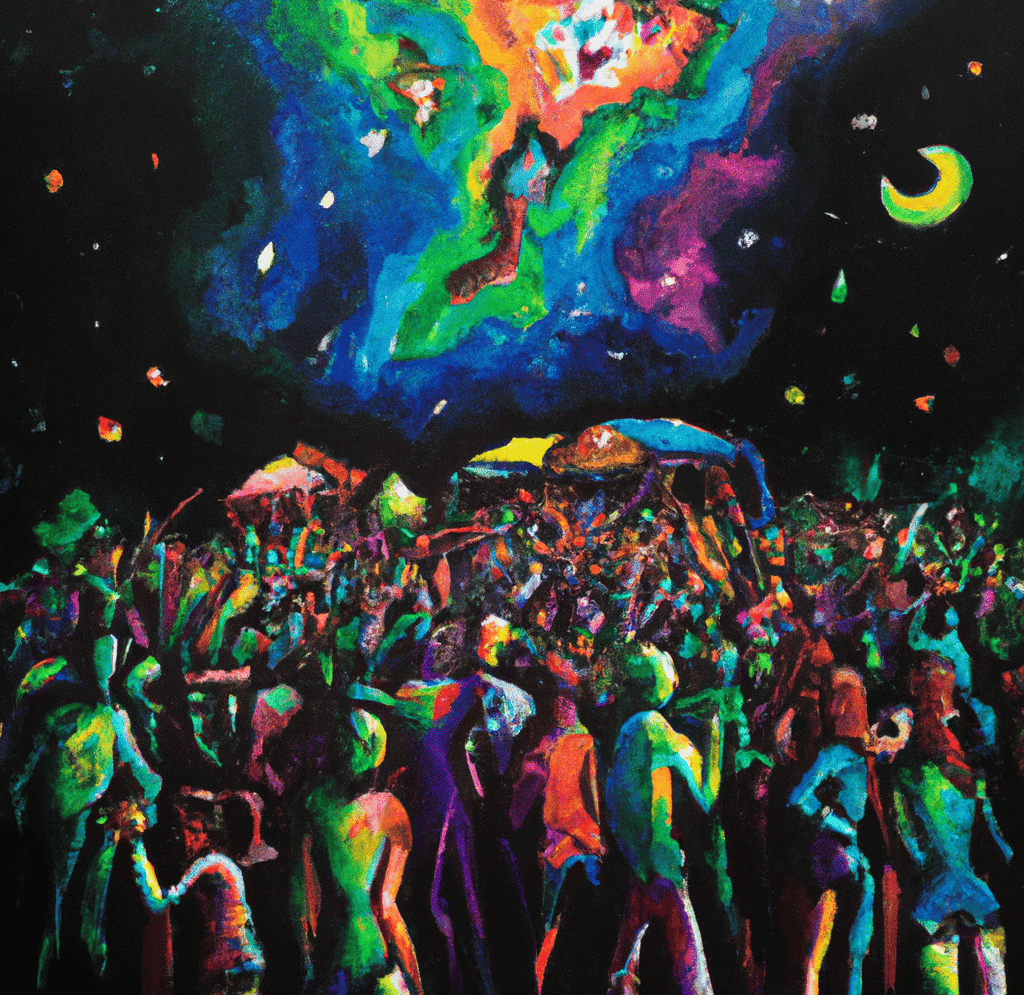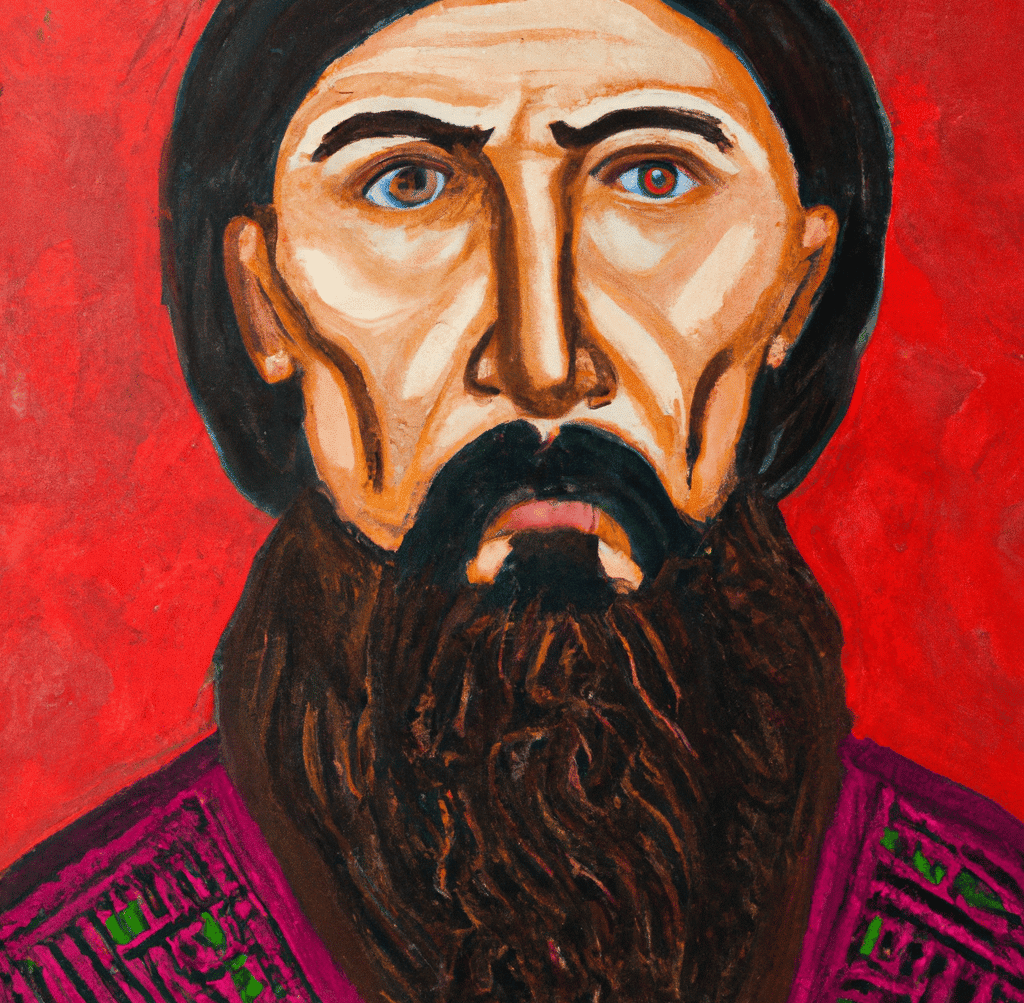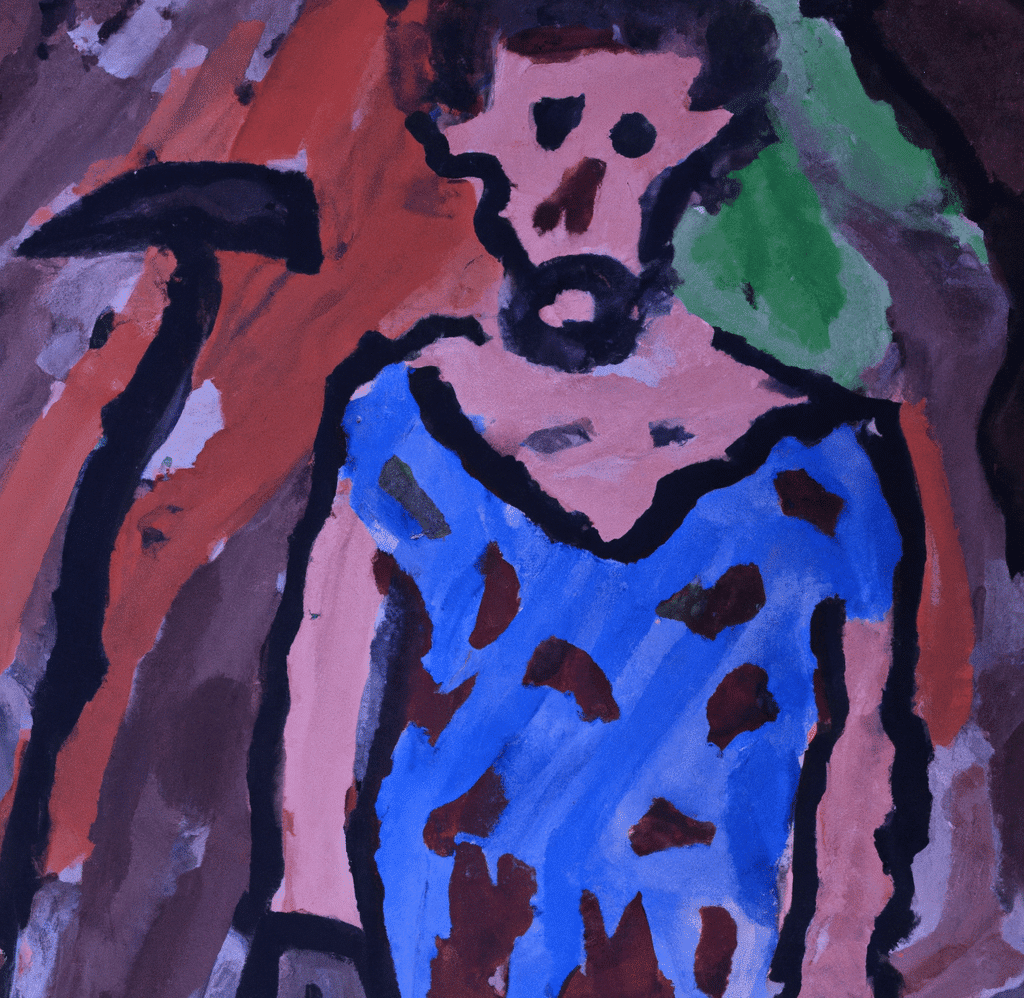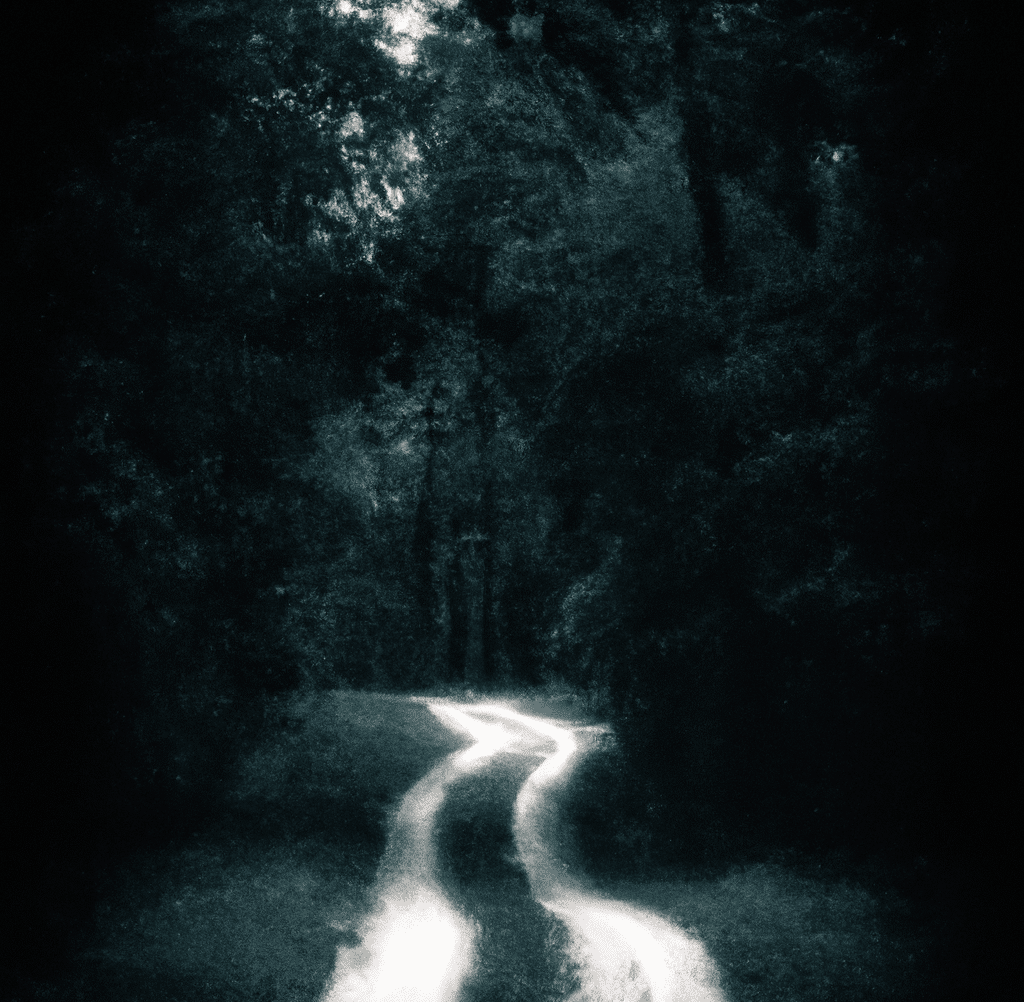In 1945, the US 9th Army captured German forces in Hessen, Germany in the midst of WWII. Amongst the soldiers was 16- year- old Hans Georg Henke who had served under the leadership of Adolf Hitler. This photograph taken by American photojournalist, John Florea, would provide insight into the conditions of Germany, and would represent the feelings of the German citizens in the final moments of the war. Looking into the backstory of this photo, there are conflicting accounts of how the events took place. The photojournalist and Hans- George Henke have both spoken about what really happened in those moments, and each one is just as chilling.
Joining the Luftwaffe
Hans- Georg Henke had a pretty devastating childhood. His father, a Communist sympathizer, died in 1938, when Hans- Georg was only 9. His mother died 6 years later leaving him and his two brother orphans. This destitution led Hans- Georg to desperately search for work to be able to provide for his remaining family. He decided to enlist in the German military specifically the Luftwaffe.
The Luftwaffe was the aerial warfare branch of the German military. The passing of the Treaty of Versailles after WWI prevented Germany from having an air force. The Luftwaffe was created in defiance of this treaty in the interwar period between the World Wars. By the time of WWII, the pilots were some of the most skilled there have ever been and their technology was top tier. This allowed for multiple German victories via the Luftwaffe across Poland and Western Europe in the early 1940’s. At just 15 years old, Henke enlisted with these notorious pilots and began serving his country.
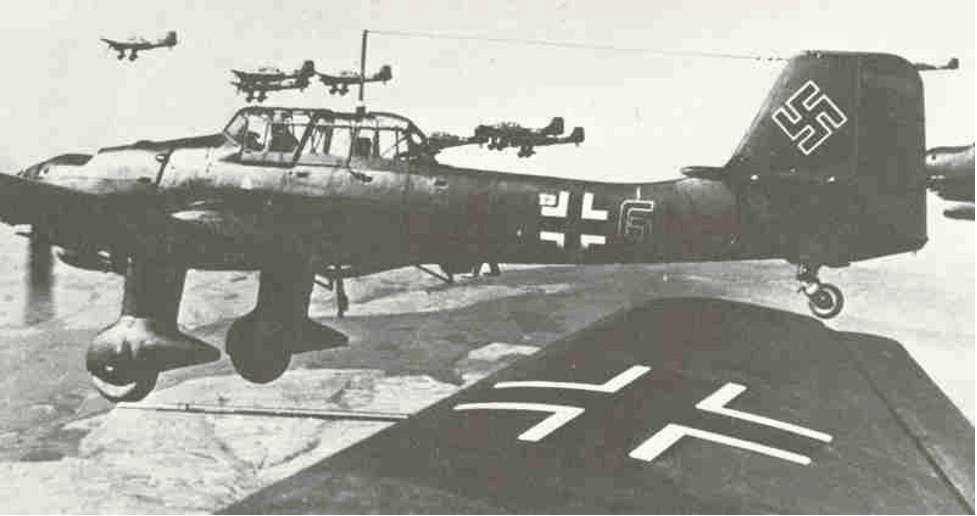
How Hans- Georg Henke Remembers the Photograph
The photo of the day Henke was captured shows his crying uncontrollably. Hans remembers this day as the one where the Soviets had advanced on the German position in Stettin where he was stationed with a battery of 88 mm guns. He recalls that his unit was forced back to Rostock but was ultimately captured.
It was at this moment of defeat that he claims the photograph was taken. He states that his tears were the result of the realization that the world he had always known was dying and recalls his beaten down body, and tattered rags on his feet.
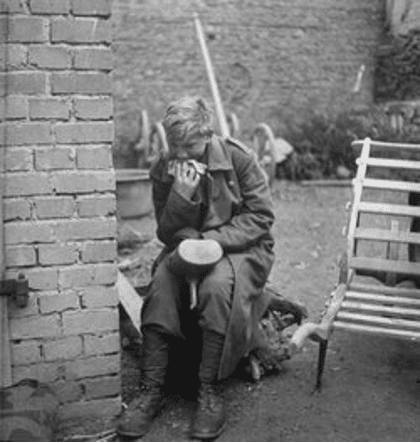
John Florea’s Recollection of the Day
The American photographer remembers a different tale of events. Florea alleges that he took the photographs while in Hessen, Germany after Henke’s unit was overcome by American forces. He also argues that it was not the feeling of defeat that brought Hans- Georg to tears but rather combat shock.
Years later photos were compared between the photographs taken of Hans- Georg during the war and the village afterwards. The images of the building are definitely the same. Additionally, the discrepancy between the shoes worn on the feet of Hans- Georg have led to questions. Henke claims he wore rags, but the photos so clearly show him wearing boots. Was it really the shock that led him to believe something else, or could there be another reason to change the story?
Rewriting History
The thought of why change the story has led to vast speculation. However, there is one theory that many seem to agree on. Historians believe that the primary motive of Hans- George’s narrative lies with what he chose to do after the war. Post conflict, Henke joined the Communist Party and settles in East Germany. East German Communists thought that any person that had surrendered to the Americans during the war were a potential threat. To not be exposed, Hans- Georg likely changed his story from being captured by America to being overrun by Russian forces. Henke lived in Eastern Germany only sharing this account until his death in 1997.
